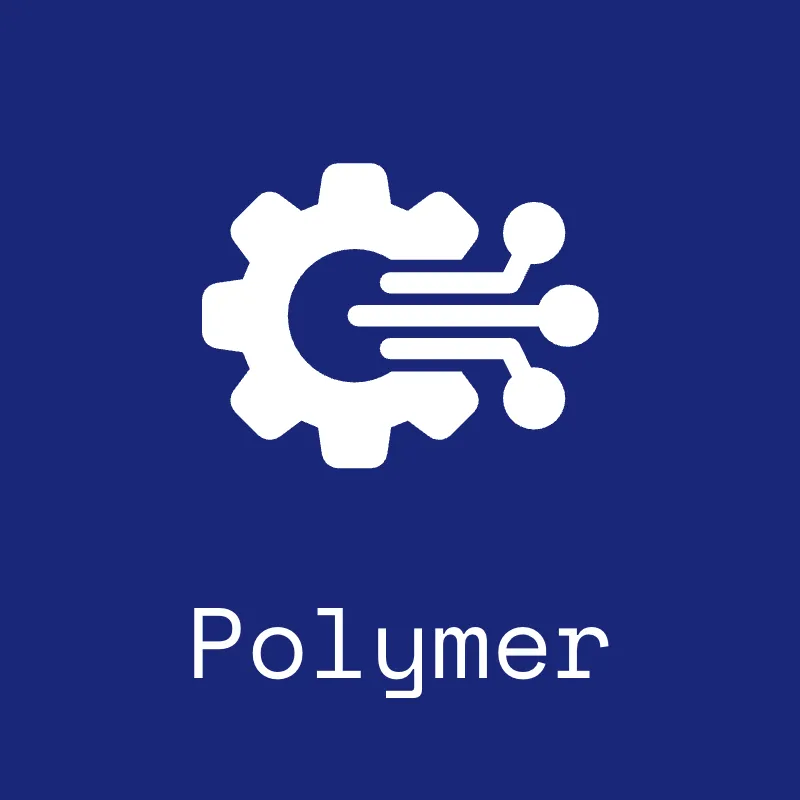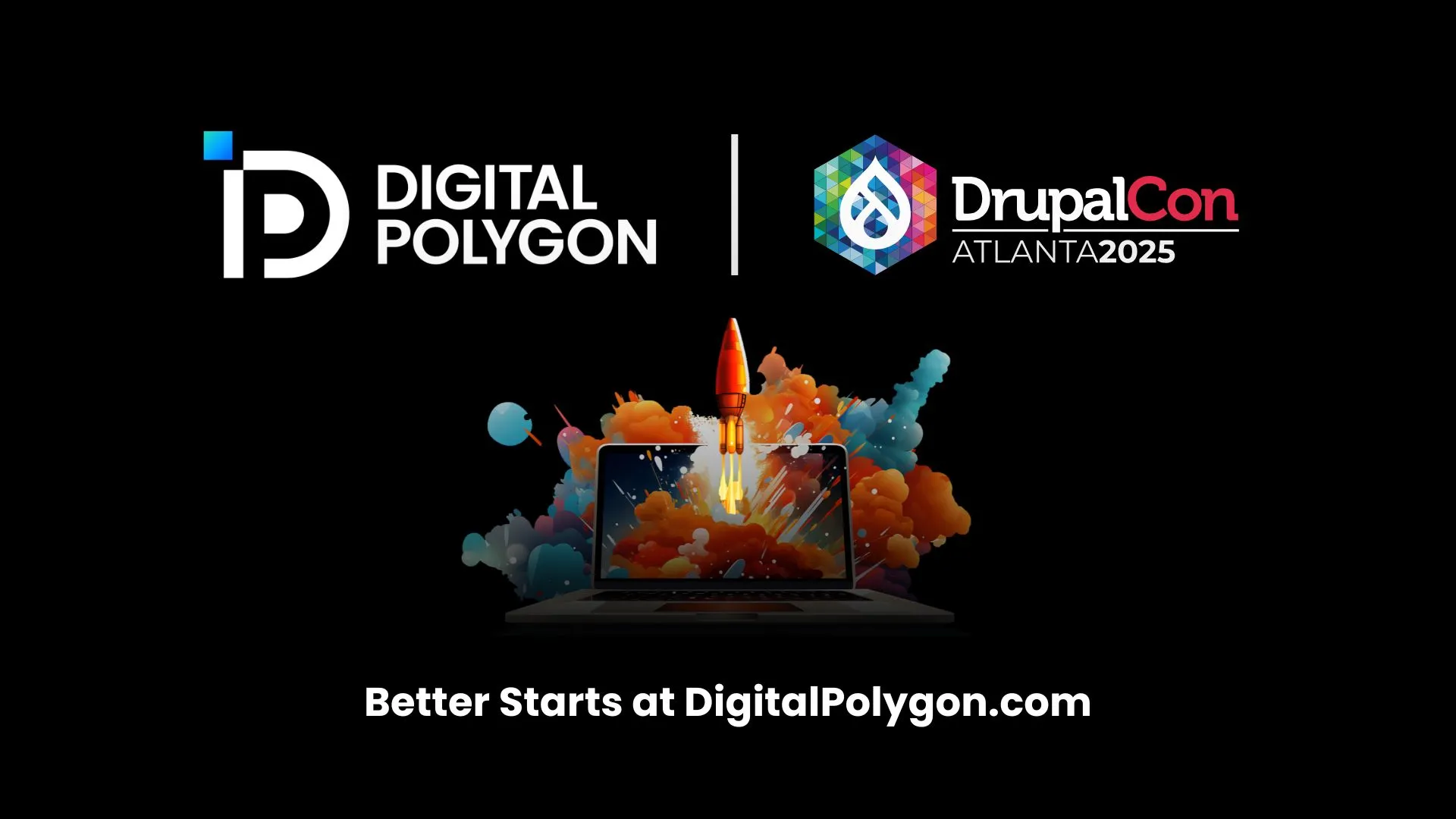In an era defined by rapid advancements in web tech and increasing demand for rich digital experiences, choosing the right content management system (CMS) has never been more critical for businesses and developers alike.
Websites are no longer just static repositories of information. Today, they're fluid, immersive platforms that bridge the gap between brands and their audiences, and content is served to those audiences across a litany of devices and channels. This shift has given rise to a new breed of content management solutions, ushering in the debate over whether or not to use the tried-and-true Traditional CMS, or more innovative approaches that Headless CMSs offer.
If you’re like many marketers or business decision makers, you may have heard the phrase “Headless CMS” tossed around, but you might not know what it means. That’s exactly what we’ll explain in this blog – as well as explore the nuances of both types of CMSs, their respective functionalities, and their potential use cases.
Understanding the Headless CMS
You probably know at least the second half of the phrase – “CMS” stands for a content management system. You likely already use a CMS to build your website. Simply put, a CMS is used to give non-technical users an interface to create, edit and manage content. This content can range from written content to the digital graphics to the page layout, navigation and metadata. The biggest advantage of leveraging a CMS is the fact that you can build and manage a website without the need for deep coding knowledge – enabling nontechnical users to easily upload, edit and manipulate content as they see fit.
Traditional CMSs have control over both the back end and front end of the website it is creating. It stores and manages all of the content published on the website (the back end) while also linking that content to the presentation layer that visitors to the website see and interact with (the front end). With a traditional CMS, the back end and the front end are closely connected – which many businesses prefer since it offers a simple way to create and publish content on their website.
For simple informational websites, traditional CMSs make sense. If you want to post your business name, address, hours of operation and maybe even a few examples of your work, a traditional CMS is more than sufficient. However when it comes to iterating and updating the website content (which will happen sooner or later) traditional websites come with roadblocks that could otherwise be avoided.
A headless CMS on the other hand, only deals with the back end content side of the website, but NOT the front-end presentation layer that visitors to the website see – i.e. it’s missing its “head.”
Headless CMSs can be used for editing and storing content, but it does not link this content to the front end layer – meaning that content is not directly tied to the way it will ultimately be displayed. Instead, the front end layer in a headless environment retrieves the content through an application programming interface (API).
While it may seem counterintuitive, delivering content to the front end via an API actually offers developers an array of benefits for designing, building and iterating your website that are not possible through a traditional CMS.
Benefits of Headless CMS
As more time and knowledge comes to the web development industry, developers are continuing to move in the direction of headless CMSs to develop more complex and rich digital experiences. Here are some of the reasons why.
- Headless CMSs are More Flexible – A headless approach offers flexibility in moving and scaling the content if they decide to change formats down the road because the content is already fed through an API – meaning it can easily be repurposed into any format designers please.
- Headless Makes Omnichannel Marketing Easier – The raw content built in a headless CMS and delivered through an API can be used in more ways than just to display the content on your website. In fact, it can be extrapolated to other third-party apps and devices which can cut down on the time it will take you to push your content out elsewhere.
Headless CMSs Future Proof Your Content – Consider the rate of innovation that has occurred in consumer cellular devices. Every year, the same companies release a new device, offering unprecedented benefits and features not available on any other mobile phone. Now consider that digital technologies are advancing at the same rate.
By utilizing a headless CMS and structuring your content through an API, you give yourself a variety of options to easily reuse or repurpose that content when your web strategy inevitably changes. If you were to build individual pages with content and display tied to each individual page through a traditional CMS, you (or your web team) would have to manually migrate the content from your website page by page to the new display theme and format it accordingly. The difference between the two approaches can be months (if not, years) of work and massive amounts of time and budget just to change the display layer.
In this blog, we've aimed to highlight the underlying differences between traditional and headless CMSs. The Traditional CMS manages both content and presentation layers, intertwining their functions, while the Headless CMS decouples content management from presentation — creating a flexible environment where content is accessed through APIs and offers businesses numerous advantages.
The Headless CMS not only allows content to transcend its initial purpose and be used across other applications and platforms, but it's also a strategic move to future-proof your digital presence, ensuring seamless transitions as technology continues to evolve.
The decision of investing in a traditional versus a headless CMS ultimately depends on your digital strategy goals. It's not just about choosing a system or architecture; it's about crafting an experience that will resonate with your audience today and tomorrow.
To learn more about how to structuring your website through a Headless CMS, visit our blog: https://www.digitalpolygon.com/blog


